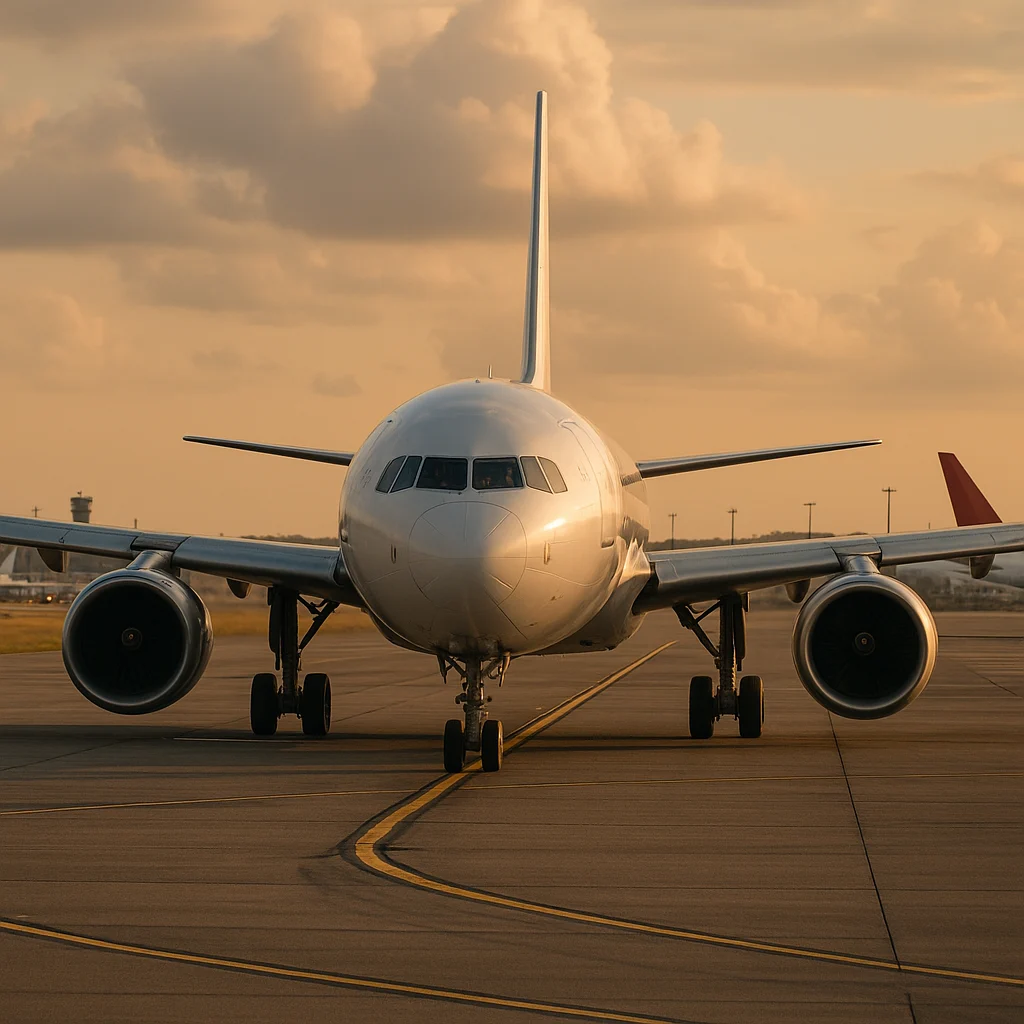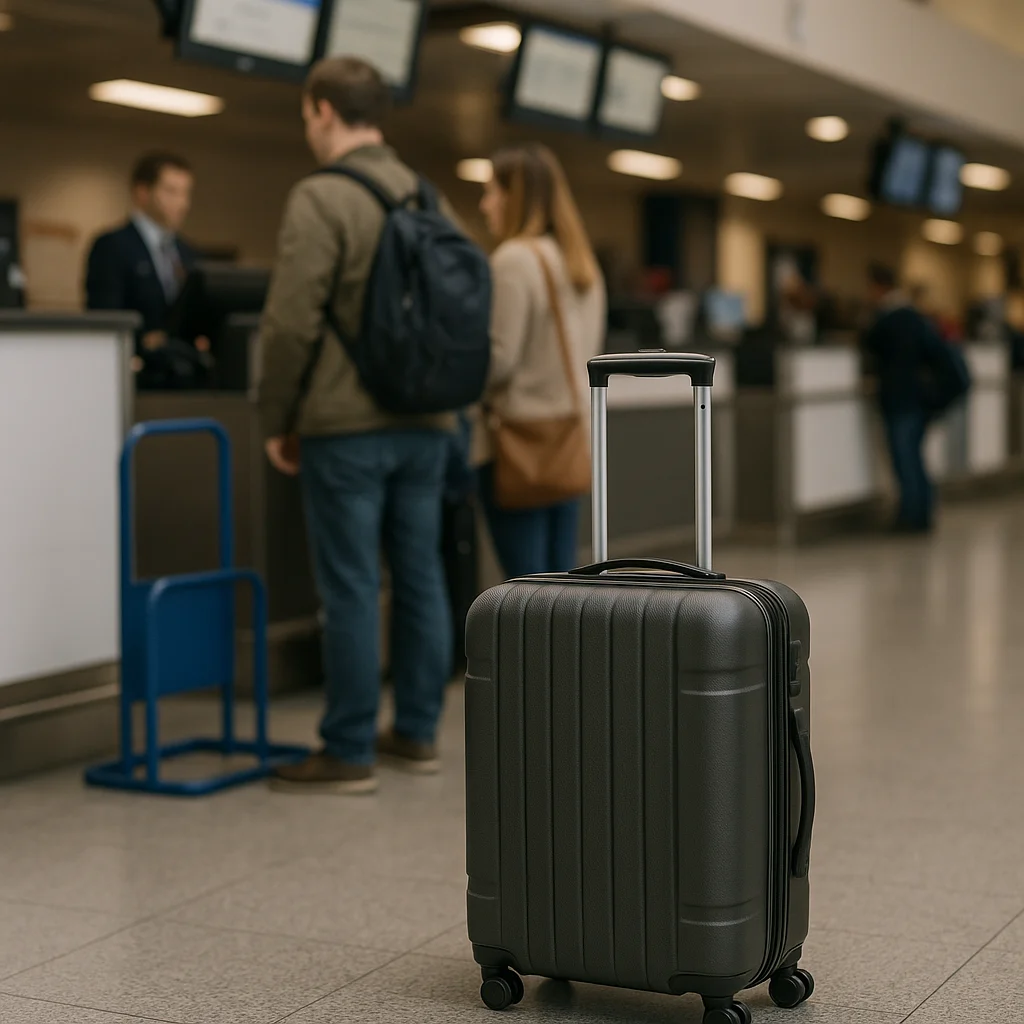Rising Demand and Its Impact on Airfares This Summer
As the summer travel season approaches, many travelers anticipate a surge in airfare prices. One of the primary drivers behind increasing costs is the rebound in demand following years of pandemic-related restrictions. Airlines are experiencing a significant uptick in bookings as vacationers and business travelers seek to resume flying. This increased demand, coupled with limited supply, creates an environment where airfares tend to rise sharply.
Passengers can expect crowded airports and fuller flights, which historically contribute to higher ticket prices. The International Air Transport Association (IATA) reports a sustained growth in passenger numbers, signaling robust recovery but also upward pressure on prices. Understanding this dynamic can help travelers prepare financially and strategically for their summer plans.
How Passenger Numbers Influence Pricing
– When demand outpaces seat availability, airlines raise prices to balance supply and demand.
– Peak travel periods, like summer, naturally see fare hikes due to increased bookings.
– Dynamic pricing algorithms respond rapidly to changes in booking trends, often leading to sudden price jumps.
Travelers keeping an eye on these trends can better anticipate when to book and which dates to avoid for optimal savings.
Operational Costs Driving Airfare Increases
Another significant factor behind rising airfares this summer is the increase in operational costs faced by airlines. Fuel expenses, labor costs, and regulatory compliance all contribute to the overall price passengers pay. Each element adds incremental cost pressure that airlines pass on to consumers.
Fuel Price Volatility
Fuel is one of the highest operating expenses for any airline, and fluctuations in oil prices have a direct impact on ticket prices. Recently, volatility in global oil markets has caused a spike in jet fuel costs, making it more expensive for airlines to operate regular flights.
– Jet fuel prices have increased by over 20% year-over-year according to industry reports.
– Airlines often include fuel surcharges in ticket pricing to offset these expenses.
Labor Costs and Staffing Challenges
Post-pandemic labor shortages have forced airlines to increase wages and offer incentives to retain and attract skilled workers. Pilots, flight attendants, ground staff, and maintenance crews all factor into rising operational expenditures.
– Strikes and contract negotiations in some regions have led to temporary flight cancellations, exacerbating supply issues.
– Increased training and safety protocols add to operational complexity and cost.
These labor challenges contribute to a baseline increase in airfare as well.
Airline Capacity Constraints and Fleet Management
Airline capacity is a crucial element affecting summer 2025 airfares. Many carriers are still recovering fleet availability and route networks that were curtailed during the pandemic. Limitations in aircraft availability and shifts in fleet composition impact the number of flights offered.
Adjusted Schedules and Route Reductions
Not all airlines have fully restored their previous flight schedules, with some opting to focus on the most profitable routes. Reduced competition on certain routes can lead to higher prices due to less market pressure.
Fleet Modernization and Its Cost Implications
Many airlines are investing in newer, more fuel-efficient aircraft to meet environmental targets. While these investments are promising for long-term sustainability, the upfront capital costs are significant and often reflected in ticket prices.
For example, airlines replacing older models with new jets may increase fares temporarily to recover these expenditures, especially in peak travel seasons like summer.
Government Policies and Industry Regulations Affecting Airfares
Air travel pricing doesn’t exist in a vacuum—government regulations and policies play a significant role. New rules on carbon emissions, airport fees, and security measures have direct and indirect impacts on airfare pricing this summer.
Environmental Regulations and Carbon Offsetting Costs
To combat climate change, many governments are imposing carbon taxes or requiring airlines to purchase carbon credits. These costs are typically incorporated into airfares.
– The European Union’s Emissions Trading System (ETS) increases operational costs for flights within Europe.
– Some countries require airlines to contribute to environmental funds, raising overall costs.
Airport Fees and Security Enhancements
Airports are increasing fees for airlines to fund infrastructure upgrades and enhanced security protocols. These user fees are passed down to passengers through higher ticket prices.
– Additional security staffing and technology deployments increase airport operational costs.
– Expansion projects aimed at alleviating summer congestion require funding through airline charges.
These cumulative regulatory expenses contribute significantly to airfare rises.
Tips for Travelers to Navigate Airfares This Summer
While rising airfares can be frustrating, travelers can use smart strategies to manage costs and still enjoy summer 2025 travel. Here are practical tips to keep in mind:
– Book early: Airfares tend to be lower months in advance before demand peaks.
– Be flexible on travel dates: Midweek flights and off-peak times often offer better rates.
– Use fare comparison tools and alerts to monitor price changes.
– Consider alternative airports or connecting flights to save money.
– Sign up for airline loyalty programs and credit card rewards for discounts and upgrades.
– Check airline policies on cancellations and changes in case travel plans shift.
Leveraging Technology for Better Deals
Apps and websites now use AI to predict price trends and suggest best booking times. Utilizing these can help travelers avoid paying inflated airfares summer season.
For more detailed fare predictions and travel planning tips, visit industry sites such as Skyscanner or Hopper.
What Travelers Should Expect in Summer 2025
Putting all factors together, the landscape for airfares summer 2025 suggests a likely increase in ticket prices compared to recent years. Travelers can expect:
– Higher base fares on popular routes due to demand and operational costs.
– More dynamic and rapidly changing pricing as airlines adjust to market conditions.
– Potential service disruptions from labor actions or capacity adjustments.
– Gradual incorporation of environmental costs into airfare reflecting global sustainability efforts.
Being informed and proactive will enable travelers to secure better deals despite these challenges.
Airlines’ Response to Consumer Concerns
Some airlines are offering flexible ticket options, bundled packages, and promotional fares to retain customer loyalty during this period of rising costs. Paying attention to promotional periods and membership benefits can yield savings.
Airfares summer 2025 may be higher, but with thoughtful planning, travelers can still access affordable and enjoyable travel experiences.
Looking Ahead: The Future of Airfare Pricing
As the aviation industry continues evolving, several trends will influence long-term airfare structures:
– Increased adoption of sustainable aviation fuel may stabilize fuel prices.
– Advances in aircraft technology might lower operational costs over time.
– Greater use of AI and data analytics to optimize pricing and capacity.
– Enhanced passenger experiences to justify premium pricing during peak times.
Understanding these developments can help travelers adjust expectations and strategies year over year.
- For more details on aviation trends, visit IATA’s official website.
Taking a proactive approach to airfare planning and staying updated on industry trends empowers travelers to navigate summer 2025 effectively and economically.
Key Takeaways and Next Steps
The airfares summer season in 2025 is poised for notable increases due to rising demand, higher operational costs, limited capacity, regulatory expenses, and evolving industry dynamics. Travelers should anticipate these challenges but also leverage practical strategies:
– Plan and book early to avoid last-minute price spikes.
– Stay flexible with dates and routes to identify cost-saving opportunities.
– Use technology tools to monitor and predict fares.
– Consider loyalty programs and promotions for additional benefits.
By adopting these approaches, travelers can mitigate the impact of higher airfares and still enjoy their summer adventures.
For personalized travel planning advice or assistance booking affordable flights for summer 2025, don’t hesitate to reach out via khmuhtadin.com and take control of your journey today.




